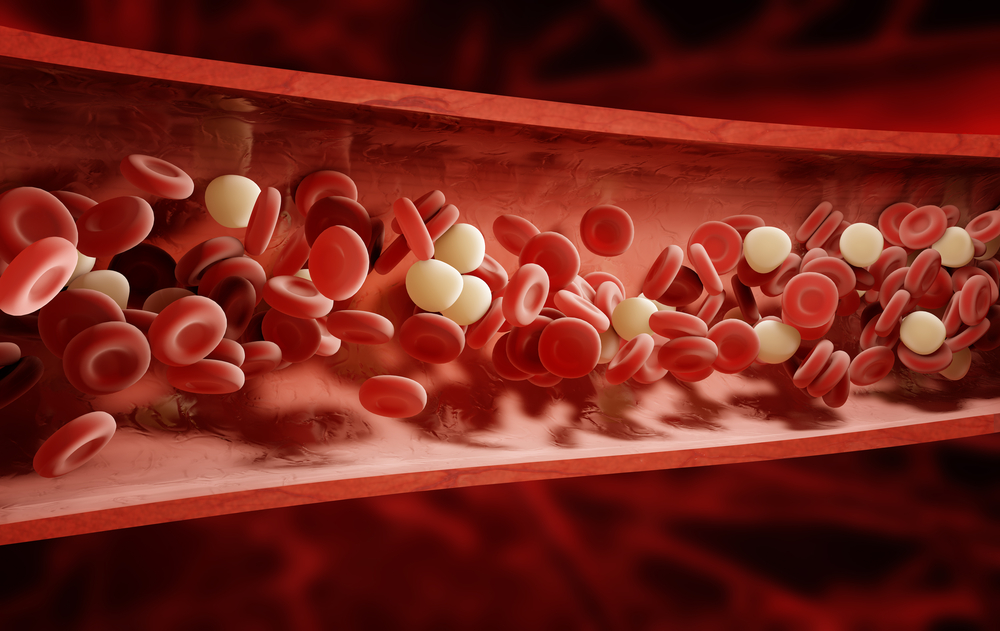Blood Levels of 2 microRNAs May Help Diagnose Cardiac Sarcoidosis, Study Suggests

The levels of two blood-circulating microRNAs, called microRNA-126 and microRNA-223, may work as new biomarkers for cardiac sarcoidosis, according to researchers.
Their small study, “Serum microRNA-126 and -223 as new-generation biomarkers for sarcoidosis in patients with heart failure,” was published in the Journal of Cardiology.
Cardiac sarcoidosis arises when inflammatory clusters, called granulomas, affect a patient’s heart, interfering with the ability to pump blood. A timely diagnosis is vital to ensure a patient’s survival.
The disease is mainly diagnosed with imaging techniques such as positron emission tomography (PET), magnetic resonance imaging (MRI), computed tomography, and echocardiography, but the sensitivity of these techniques can be poor, limiting an accurate diagnosis.
It is, therefore, “important to develop a new method for appropriate diagnosis of cardiac sarcoidosis,” the researchers wrote.
MicroRNAs are small RNA molecules that regulate gene expression (activity). Increasing evidence, mainly from cancer and cardiovascular disease studies, has shown that changes in the levels of microRNAs can be found in various stages of disease worsening, highlighting their potential as disease biomarkers.
Tracking changes in microRNAs in blood circulation has “shown great promise as novel biomarkers for oncogenesis, neural diseases, and cardiovascular disease,” researchers wrote. But it is not known whether they can be useful as blood-based biomarkers.
Researchers gauged the levels of microRNAs in blood samples from 20 patients with heart failure due to cardiac sarcoidosis, along with seven healthy controls.
In three of the sarcoidosis patients, the disease was confined to the heart; the rest had extra-cardiac lesions, specifically in the lungs, eye, skin, and nerves.
In their first analysis, researchers screened for 2,565 microRNAs using blood samples from five patients with cardiac sarcoidosis (mean age of 61) and three healthy controls (mean age 54).
Of the initial pool of microRNAs analyzed, the levels of 200 microRNAs were found to be significantly different between the patients with cardiac sarcoidosis and the healthy controls.
In particular, the levels of 12 microRNAs were lower in cardiac sarcoidosis relative to controls, while those of 23 other miRNAs were significantly increased.
Researchers focused on the 12 microRNAs whose levels were lower and went on to validate their findings in the remaining population — the other 15 patients with cardiac sarcoidosis and the four healthy controls excluded from the initial screen.
The team measured the levels of each of the 12 microRNAs in blood samples using a technique called quantitative real-time PCR.
Results showed that the levels of two specific microRNAs — microRNA-126 and microRNA-223 — were significantly increased in patients with cardiac sarcoidosis only.
The remaining microRNAs showed no difference relative to controls. No difference was found in microRNA levels between patients with only cardiac lesions and those with extra-cardiac lesions.
Also, microRNA levels had no correlation with other blood inflammatory markers indicative of disease activity, such as angiotensin converting enzyme (ACE) activity and levels of soluble interleukin-2 receptor (IL-2R).
MicroRNA-126 helps regulate the immune system and allergic reactions, both altered in patients with isolated cardiac sarcoidosis as well as systemic sarcoidosis. MicroRNA-223 was also reported to play a role in the immune system, namely in T-cells, which are also deregulated in cardiac sarcoidosis.
“Our findings suggest that circulating miR-126 and miR-223 are useful as new-generation biomarkers for the differential diagnosis of sarcoidosis in patients with heart failure,” researchers concluded.






